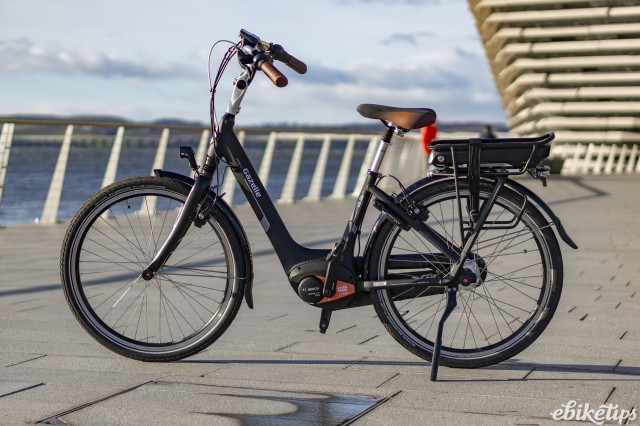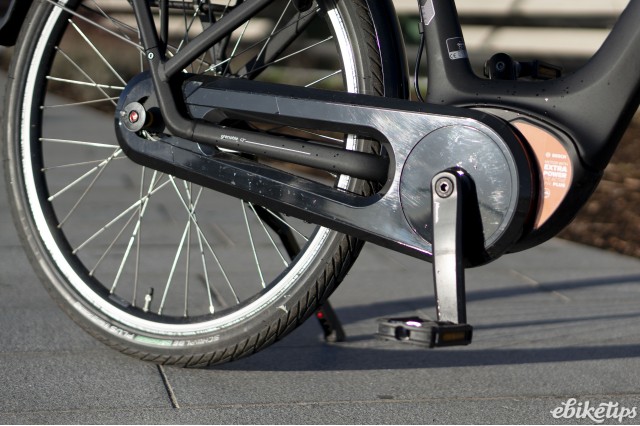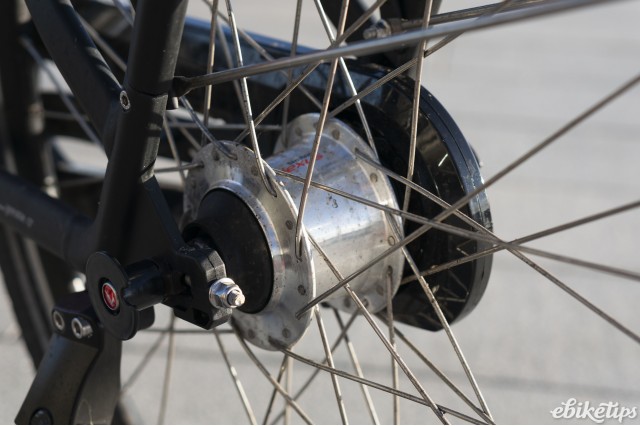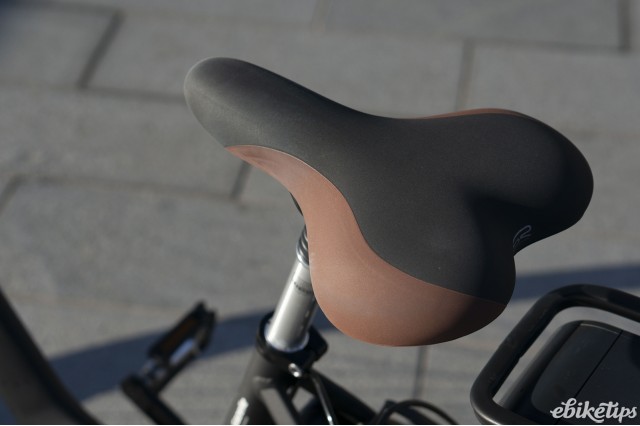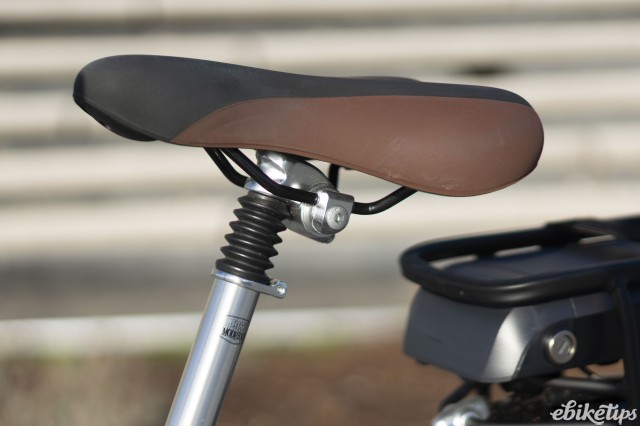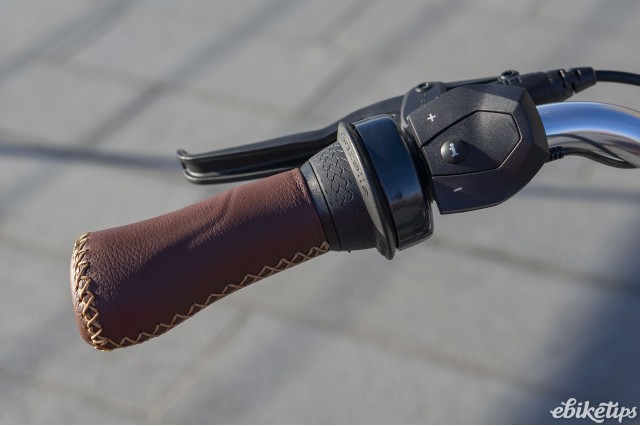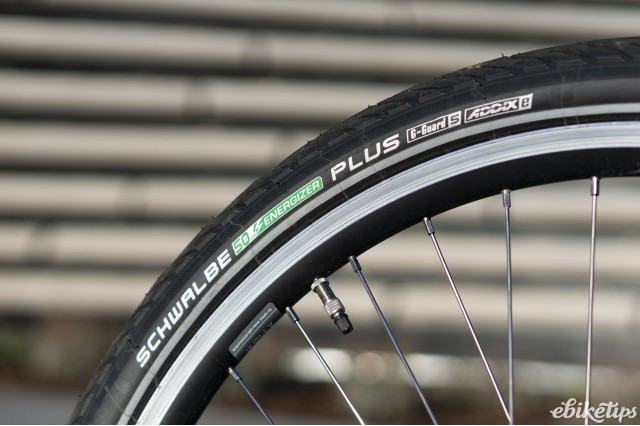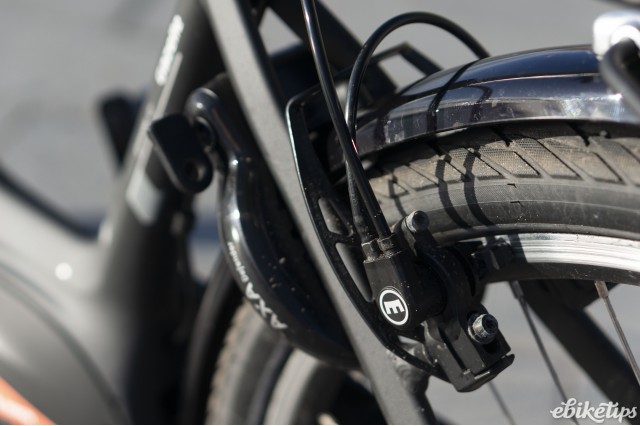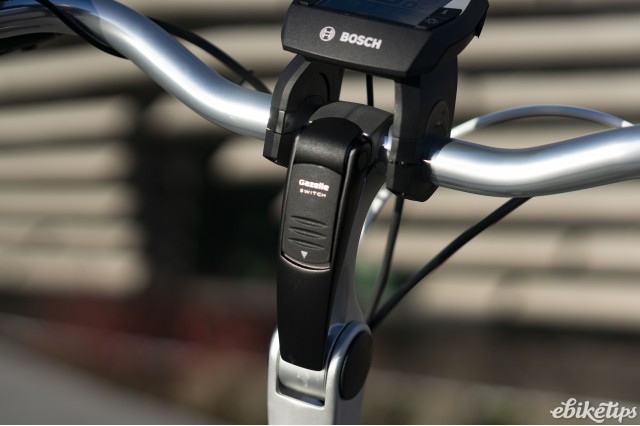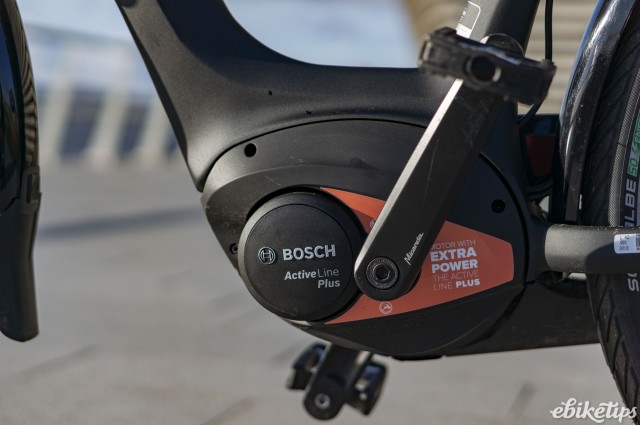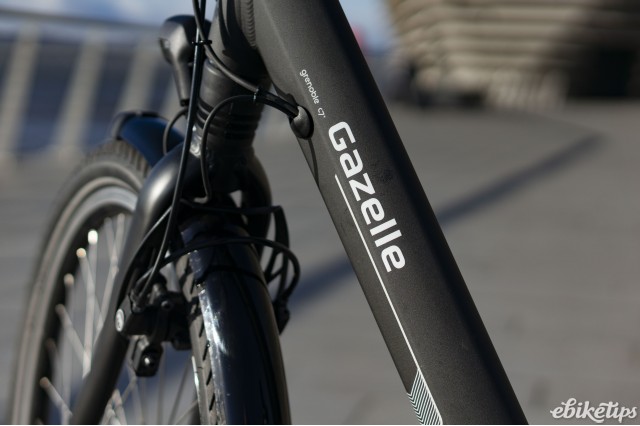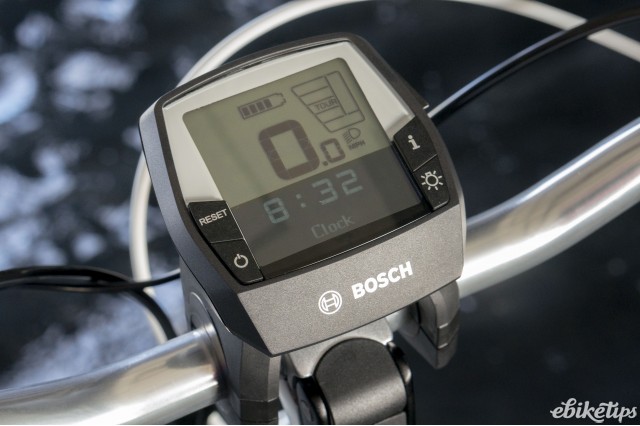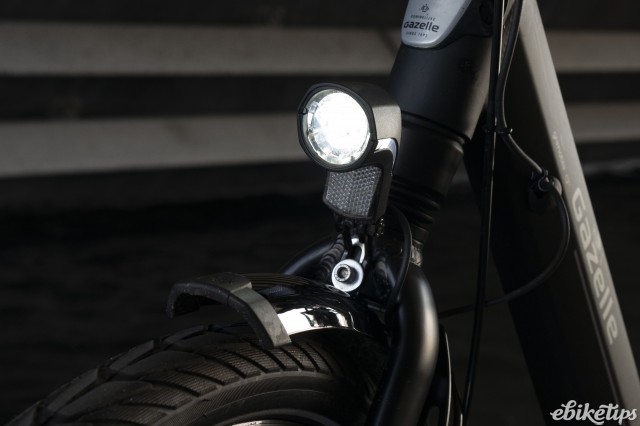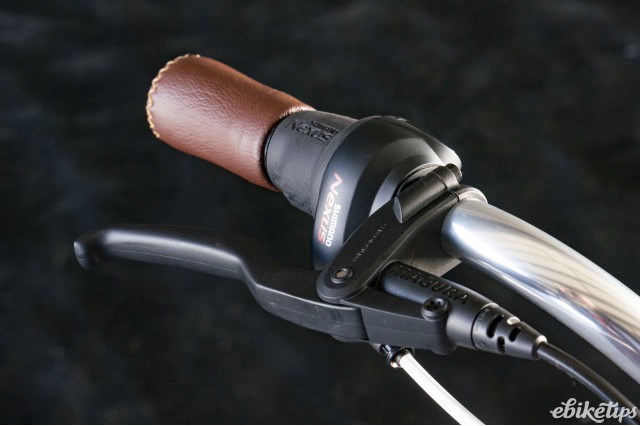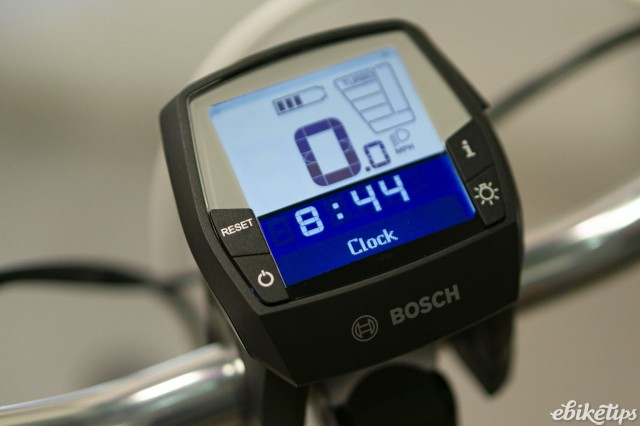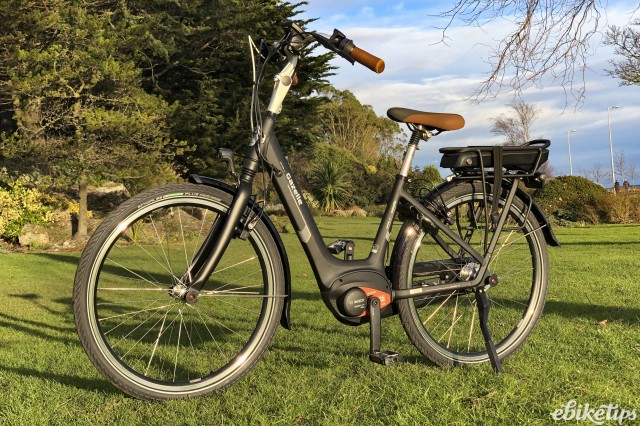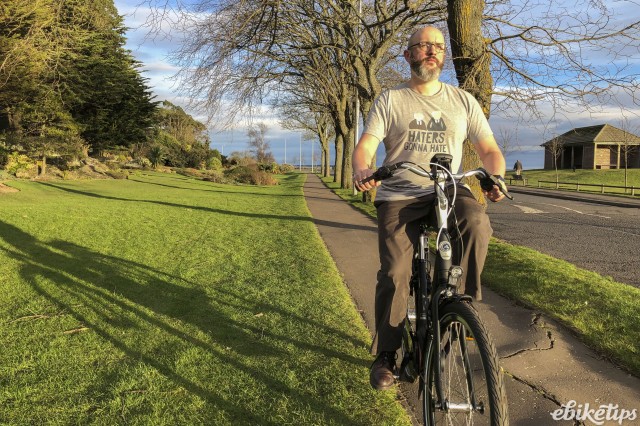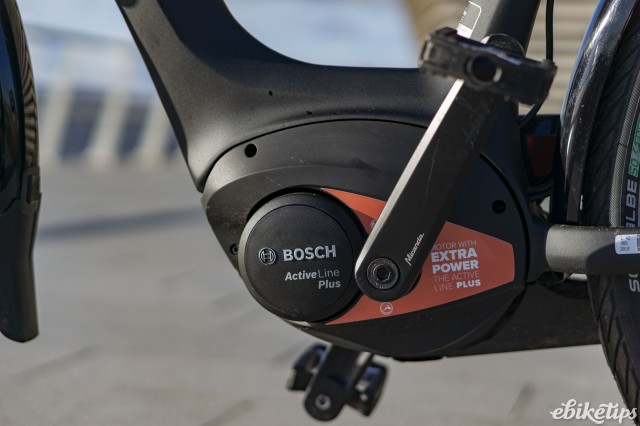Gazelle Grenoble C7+ HMB
Overview
- Comfortable and luxurious
- Lovely fit and finish throughout
- Easily adjustable handlebars
- Not easy to carry work or shopping bags ‘out of the box’
- Default 300 Wh battery gives limited range
It seems almost wrong somehow that the word “bike” can apply equally to this, the latest model from legendary Dutch brand Gazelle, and whatever kitten-light carbon confections Tour de France riders are riding this year – because honestly, this thing feels less like a bike and more like a luxury sedan. It’s comfort, elegance and poise from top to bottom, and if swans looks serene on top while they’re paddling like crazy below the waterline, and enthusiast cyclists in luminous Lycra look just crazy, then if you buy the Grenoble C7+ HMB you’ll feel as serene as you look.
Here’s why. First, the sit-up-and-beg posture pretty much forces you to take a casual attitude. You can’t adopt a racing stance – elbows tucked in, head down – but the posture even really means that you can’t shove a lot of muscle power into pushing the bike forward, either from a standing start on once you’re rolling. But unless you harbour a Wiggo-like competitive streak, this probably isn’t a problem, because the Bosch Active Line Plus mid-mounted motor really takes the strain for you. It’s only one step up from the least powerful motor Bosch makes, but its 50 Nm of torque is enough to move you gently away from a standstill with little effort, and to make inclines and headwinds feel at worst like inconveniences that slow you a little rather than obstacles that you have to fight against.
Let’s be clear: even on the highest level of electrical assist, it won’t shoot you away from a red light like a dragster, but it will smoothly and decisively amplify whatever effort you put in, and if you embrace what the motor is capable of, it feels wonderful. It’s also effectively completely silent too – cheaper motors and even earlier Bosch motors whine as you push them – adding to that feeling of swishing effortlessly along Cambridge canals.
There are four levels of assist, from Eco to Turbo, which you can easily tweak at any time from a handlebar-mounted controller, but frankly, you might find it simplest with a bike like this just to set it high and leave it; e-bikes are limited to 25km/h under power, so boost fades as you approach 16, 17mph – anything you put in after that is pure you – but leaving the boost on full will help you get up to this speed with only a little effort. This is definitely a bike intended for urban and suburban use; it flattens moderate inclines, and will definitely make realistic steeper ascents that would have you off a manual bike, but both the mid-range motor power and ride posture mean it’s not best suited for really hilly rides.
The luxury continues elsewhere, from the chunky, leather-wrapped handlebars, generous padded seat, enclosed chain and full mudguards, and beautifully finished, car-like rear light (paired with a bright front light), to the suspension built into both the seat post and front fork. I'm not saying you feel zero bumps or cobbles, but they’re significantly ameliorated. The handlebars can be easily adjusted too, just by flicking a catch to unlock the two-point articulation, though the swooped-back design might take a little getting used to for steering. There’s a built-in Axa lock to immobilise the wheels.
The car-like fit and finish extends to the neatly integrated gear shifters on the right handlebar, and the bell on the left. Both are activated by twisting, and they’re easy to use even in heavy gloves. Enthusiast cyclists may prefer push triggers on the gears, but a twist grip feels right here, and I should say too that they’re connected to a crisp seven-speed Shimano hub gear, one of the principle advantages of which over the more common derailleur system is that you can switch gears even when stationary. This is nice for stop-start urban cycling especially, as it means you don’t need to anticipate what gear you’ll want to set off in as you slow to a junction. The brakes are strong and reliable.
You control your ride – checking speed, remaining range, time and so on – using Bosch’s black-and-white Intuvia cycle computer. This is pretty squarely mid-range for Bosch; with a bigger screen and more controls than its Purion dash, but a way short of its colour Nyon and newer Kiox systems. It’s really good at its job, though; clear in bright sunlight, backlit for night rides, and with a sealed microUSB connection to allow you to charge your phone, say, from the e-bike’s battery. (Do investigate the COBI.Bike system, though, if you want to properly integrate your phone with the bike; this is something you can upgrade yourself with no tools.)
Let’s talk about charge. By default, at the standard £2,349 price, the Grenoble C7+ HMB comes with a 300Wh battery. The battery itself slips under the rear rack (which is capable of carrying 25kg of cargo) and you can charge it either in the bike or after removing it. I actually tested the bike with a 400Wh battery, though, which would ordinarily be a £130 upgrade, but the shop which supplied our test bike, Electric Bikes Scotland in Dundee, would upgrade you to that free of charge — and that’s a good thing, because 300Wh is a little weedy. Range depends on terrain, traffic flow, temperature and your assist level, but you should get 30–40 miles out of the 400Wh pack before you need to recharge – and a full recharge will probably run you under 10p.
I reviewed the 42cm step-through frame with 26″ wheels, but that same frame style is available in 49, 53, 57 and 61cm frames with 28″ wheels, or in a 46cm frame with either 26 or 28″ wheels. (Alternatively, there’s a crossbar style available with 28″ wheels across the line, in 53, 57, 61 or 65cm frames.) I’m 5′ 8″ and frankly even this smallest combination that I tested – while well-fitted and comfortable – felt large, and the sit-up-and-beg posture had me feeling a little wobbly and top-heavy to begin with.
All told, this is a rather lovely bike. £2,349 isn’t a small amount of money to invest, but it’s a decent price for such a polished and considered e-bike. There’s very little I didn’t like about it. It would have been nice to get a basket for chucking bags into for commuting and dotting about to the shops; you will probably want to add some pannier bags for storage, as even with the integrated elastic straps over the rear rack, the small amount of cargo you can carry feels a bit precarious. I can see where some compromises have been made to hit that price point – the 300 Wh battery being the obvious one – yet it still manages to feel luxurious at every turn.
In part that aggressive price is explained away by the choice of motor, which is anything but aggressive. Some cyclists will want the immediacy and higher torque of, say, Bosch’s top-of-the-line Performance Line CX motor, and for sure even for urban use this can be fun, never mind in the mountain-taming contexts it’s actually designed for. But if you come to the Grenoble C7+ HMB on its own terms, and if you like the idea of a quality, comfortable bike that makes it just that bit easier to choose cycling over the car or the bus — if, in short, you like the idea of gliding serenely along cycle lanes on your way to work, scarf fluttering in the breeze as with scant effort you overtake someone puffing up a long incline on a manual bike – well, consider the Grenoble C7+ HMB. It’s a beauty.
1 comments
The upright position is exactly the reason I bought an Orange C8 HMS. You can't go fast. I wanted to commute in style and comfort and avoid any temptation to press on as always happens if I commute on a road bike. This thing is like riding in an armchair.
Something very pleasant about arriving by bike in civvies and ready to go to work soon as you flip the axa lock on the bike and unhook the pannier briefcase.
Now all we need are Delft style cycle lanes and I'm set. 
